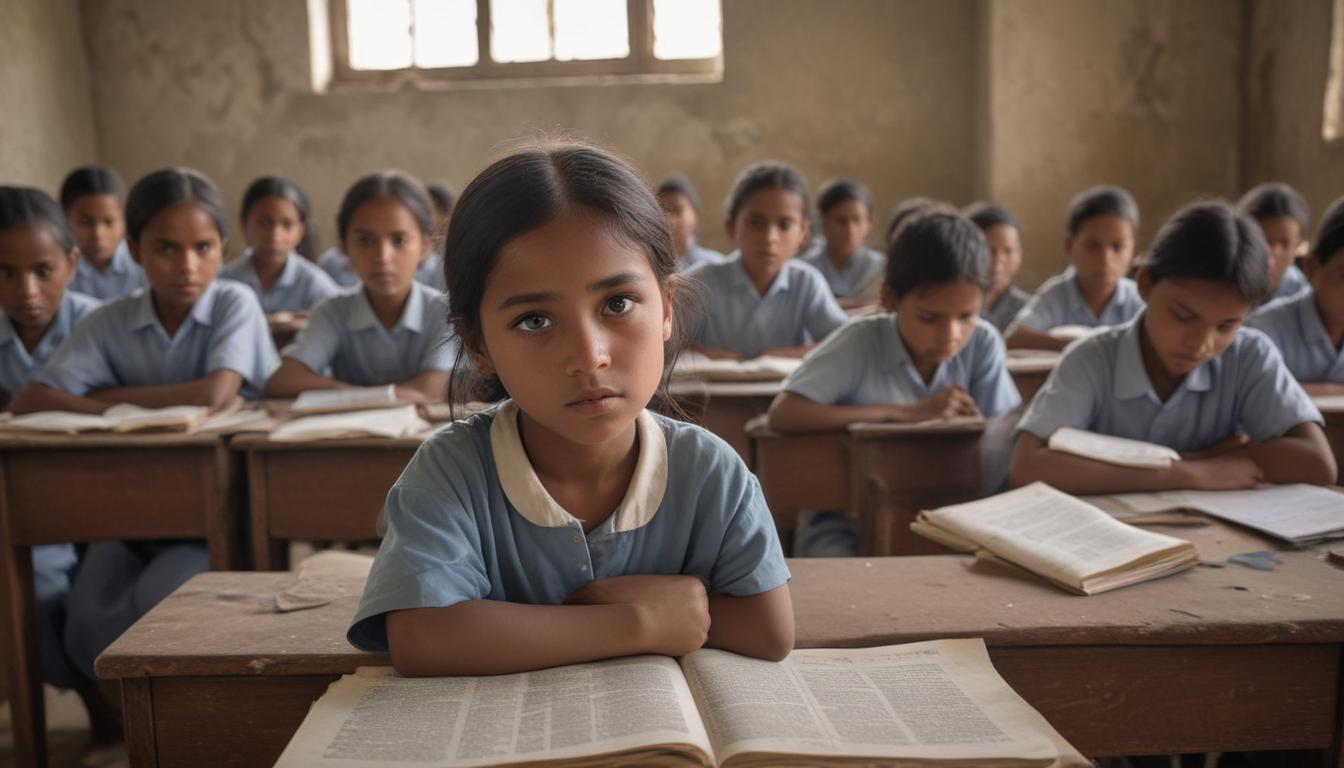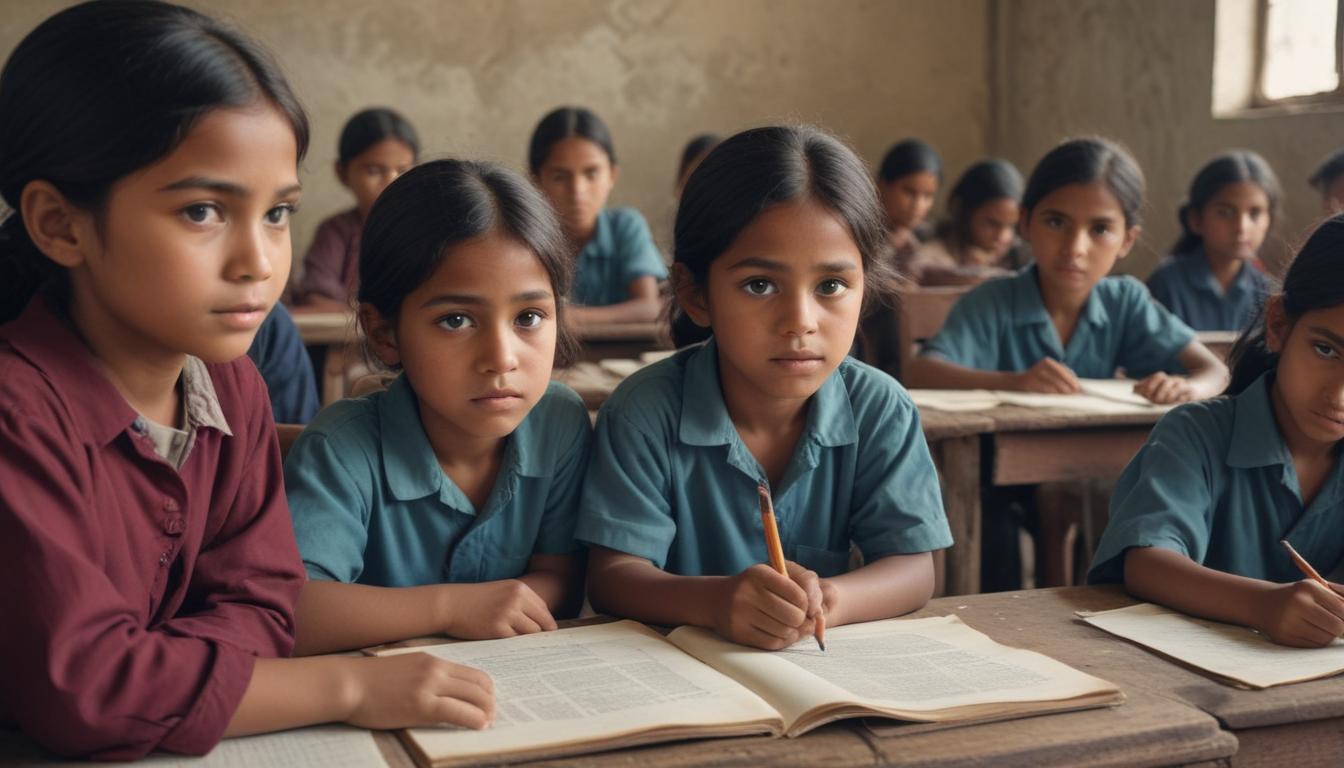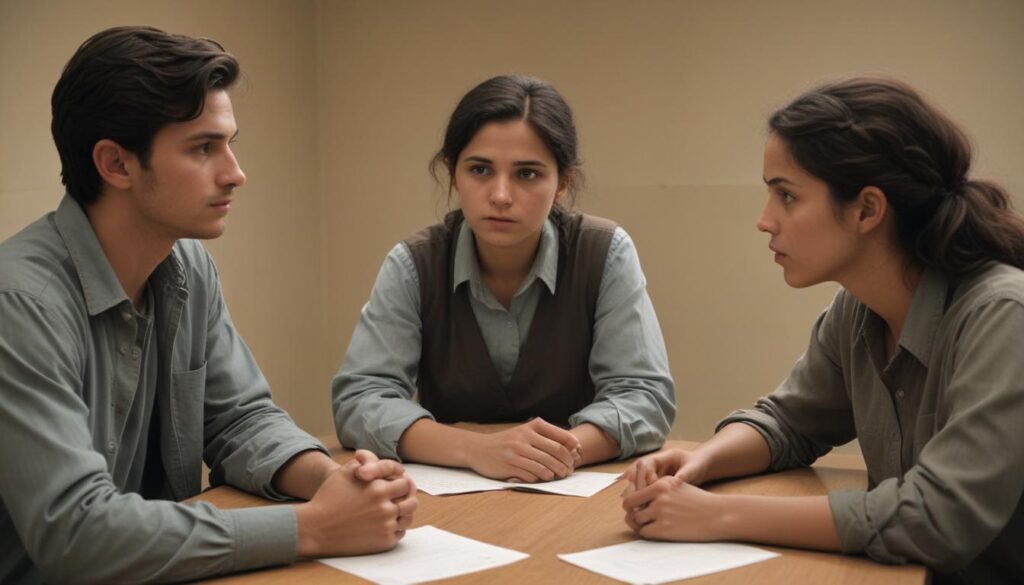Now Reading: Peace and Human Rights Education Guide
- 01
Peace and Human Rights Education Guide
Peace and Human Rights Education Guide

Building a More Peaceful World Through Education for Peace and Human Rights
In a world that often feels fractured by conflict, inequality, and misunderstanding, it’s easy to feel overwhelmed. We see headlines of division and wonder what can truly be done to create lasting, positive change. The problems seem so large, and our individual actions so small. But what if the most powerful tool for building a better future isn’t a reaction to crisis, but a proactive investment in our shared humanity? The solution lies in a transformative approach that starts not on the battlefield or in political chambers, but in the minds and hearts of people everywhere. This is the promise of education for peace and human rights.
This educational philosophy is more than just a subject to be taught; it’s a way of learning and living that equips every individual with the knowledge, skills, and values to foster respect, justice, and non-violence. It is the long-term, sustainable path toward a world where empathy triumphs over apathy and dialogue replaces division. By embedding the principles of peace and human dignity into our learning systems, we plant the seeds for a more just and compassionate global community for generations to come.
What is Education for Peace and Human Rights
At its core, education for peace and human rights is a learning process that empowers individuals to understand their rights and the rights of others, promoting a culture of respect and dignity. It moves beyond simply memorizing articles from the Universal Declaration of Human Rights. Instead, it focuses on developing critical thinking about the root causes of conflict, injustice, and violence. This form of education encourages learners to explore concepts like equality, social justice, and global citizenship, making these ideas relevant to their own lives and communities. It is fundamentally about nurturing a sense of shared responsibility for creating a safe and equitable world for everyone.
This educational framework is also deeply practical. It is not just about understanding ideals, but about developing the skills needed to uphold them. This includes communication, collaboration, and conflict resolution skills that allow individuals to navigate disagreements constructively. It teaches empathy by exposing students to diverse perspectives and histories, breaking down the “us versus them” mentality that fuels so much prejudice. Ultimately, education for peace and human rights aims to create active, informed citizens who not only believe in peace but have the tools and the courage to build it in their families, their communities, and the world at large.
The Core Pillars of This Transformative Education
To be effective, education for peace and human rights is built on several interconnected pillars. These components work together to shape not just what students know, but who they become as people. They transform the classroom from a place of passive information intake into a dynamic laboratory for building a better society.

Fostering Empathy and Understanding
Empathy is the ability to understand and share the feelings of another person. It is the emotional bedrock upon which a peaceful society is built. Education can strategically cultivate empathy by integrating stories, literature, and historical accounts from a wide variety of cultures and perspectives. When a student learns about the experiences of someone from a different background, they begin to see the world through another’s eyes. This process challenges stereotypes and dissolves prejudice, replacing fear and suspicion with genuine human connection and compassion.
This pillar is about more than just feeling sorry for someone; it’s about recognizing our shared humanity. Activities like group discussions, role-playing scenarios, and collaborative projects that require students to listen to and value differing opinions are essential. By practicing these skills, learners develop a deep-seated respect for diversity. They learn that different does not mean wrong, and that every individual’s story has value. This foundation of mutual understanding is critical for preventing conflicts before they begin.
Developing Conflict Resolution Skills
Conflict is a natural part of human interaction, but violence is not. A key goal of peace education is to equip individuals with the tools to manage disagreements constructively and non-violently. This means teaching practical skills like active listening, where one truly hears and understands another’s point of view before responding. It also involves learning negotiation and mediation techniques, empowering people to find common ground and forge win-win solutions rather than resorting to aggression or domination.
By integrating these skills into the curriculum, we help individuals unlearn the harmful idea that power and control are the only ways to resolve disputes. Students learn to identify the underlying needs and interests behind a conflict, rather than just focusing on the surface-level positions. This deeper analysis opens the door for creative problem-solving and compromise. Whether it’s a disagreement on the playground or a complex social issue, these skills are essential for building relationships and communities based on cooperation instead of confrontation.
Putting It into Practice How We Can All Contribute
Bringing education for peace and human rights to life requires a concerted effort from all sectors of society. In formal education, this means integrating these principles across all subjects, not just in social studies or civics classes. A science class can discuss the ethical responsibilities of innovation, while a literature class can explore themes of justice and empathy through diverse authors. Teachers need training and resources to facilitate difficult conversations and create inclusive classroom environments where every student feels safe to express themselves.
However, this responsibility does not end at the schoolhouse door. Parents can model these values at home by encouraging open dialogue, teaching empathy, and discussing world events in a way that promotes understanding rather than fear. Community leaders, organizations, and the media also have a crucial role to play in championing these principles. By demanding and supporting education that prioritizes our shared humanity, we collectively invest in a more peaceful and just future. It is a shared journey that requires commitment, but its reward is a world where every person can thrive in dignity and security.



































